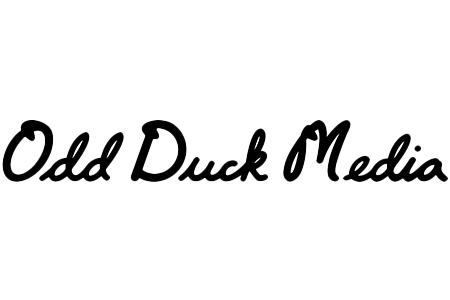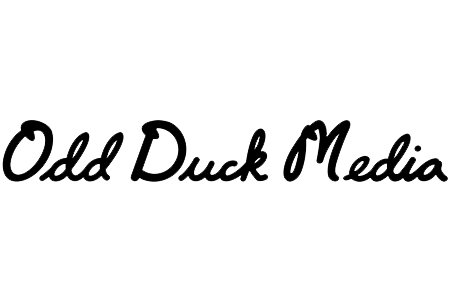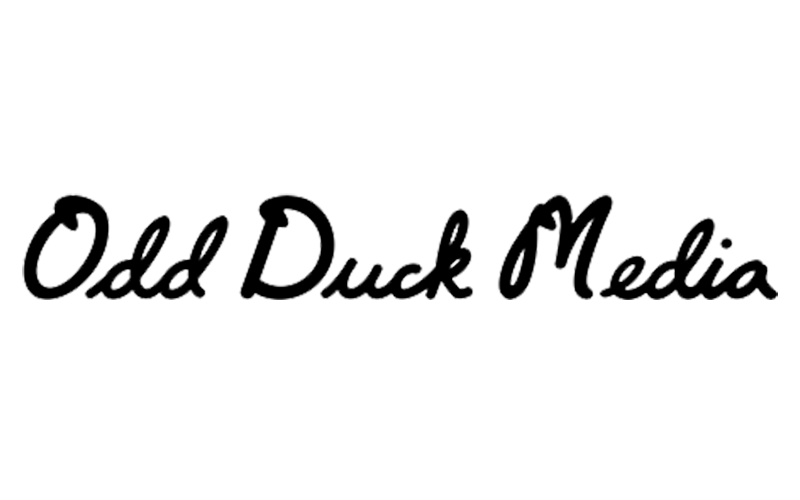
30 Jul Top Ten Types of Content to Add to Your Site
Content is king, and your website is only as good as the content you serve up – you’ve heard it all before. Here, we’re going to break down 10 types of content, some of them categorized by format (blog posts, infographics, etc), and others categorized by function (contact us, meta content, etc).
Before we dive in, though, it’s important to note that when you’re creating content, you want to consider who you’re creating the content for, and what content that audience seems to consume.
What does that mean?
In brief, you want to know search intent. Understand why your audience is searching for your content, and find high-ranking content that responds to their intent. Search the terms you’re trying to create content for – if the SERP gives you a bunch of videos, you’ll want to make a video. If they give you a bunch of listicles, you’ll want to make a blog post. Simple enough!
- Blog Posts
Blog posts are the bread and butter of content creation. Does blogging help with SEO? You’d better believe it does! Choose the right keywords and topic, and search engines will love you.
They’re particularly well-suited to what are known as informational queries (clients looking for information) and commercial intent queries (clients looking to compare products/services).
Writing blog posts, then, is a pretty simple process – do your research, answer your readers’ questions, and help them come to informed decisions. A few tips:
- Keep blogs concise, and don’t try keyword stuffing
- Commercial intent query blogs should generally be tangentially-related to your business; including yourself in a listicle can seem pretty tacky (though not always)
- Don’t copy content – create something fresh that responds to queries better than the other blogs you find.
- Infographics
Infographics can be used on their own, or (more commonly) embedded in a blog post. They are best used to respond to informational queries. Using infographics gives you the ability to convey details about a complex topic in very little time, through a concept called information density. By tying visuals to data, the whole package becomes more easily digestible.
Read more about why infographics are relevant to online marketing here. Remember to keep your graphics simple, uncluttered, and enticing.
- Videos
Want to do a how-to to show viewers the process behind a complex technical maneuver? Videos are the answer.
This type of content is perfect for when something is better explained by showing over telling – that usually means any time physical activity is at the core of what you’re trying to explain. There’s a lot that goes into optimizing video usage, from choosing which platform to host on to creating a transcript for those who would rather read.
- Link Pages
Link pages are – you guessed it – pages filled with links to other websites. These pages serve a dual role. They act as resources for readers who want to delve further into the depths of a particular topic. Better still, they can also give a boost to your ranking in search engines, for reasons that are a bit out of the scope of this article.
To put one of these pages together, simply brainstorm topics that people would like more information about, find a bunch of relevant links, and write a sentence or two about why you’re including each link.
- Tools
This is a pretty broad content type, and one of the more difficult ones to pull off correctly. Create a tool that keeps your users coming back to your website.
A simple example: you’re a business that sells meal subscriptions for people who are trying to lose weight. Create an easy-to-use, visually pleasing calorie counter, and suddenly people have a reason to come back to your site again and again even if they haven’t purchased a subscription. They might even tell their friends about the tool – those friends would then learn about your meal subscriptions!
- Contact Page
When someone is on your website and they decide they want to do business with you, the first thing they’ll look for is a “contact us” page. Now, you should have some of your contact info at the footer of your page – specifically, your name, address, and phone number (NAP).
Your contact us page should be more of a call-to-action; including a form that the viewer can fill with their name, e-mail, and query is a great idea. Keep the copy to a minimum, but make it enticing. The fillable form should draw the eye – it’s a CTA, after all.
- About Us Page
The “about us” page is one of the first pages I visit when I go to a new website, and I’m not alone. What’s your philosophy? What do you believe? Why did you start your business, and what can it do for me? The about us page can tell a story about all that and more, in as few or as many lines of copy as you’d like.
Show the faces behind your company – make the about us page personal. Transacting with a faceless corporation is never appealing. “Meet The Team” content showcases personalities and creates a feeling of connection.
About us pages also serve to give clients a crash course in what your company offers. You probably don’t know what a Stem Cell Lift is at first glance, but when you take a look at the company’s about us page, you learn about the procedure, the team, and you get…
- Testimonials and Reviews
People don’t just want to know who they’re transacting with – they want proof that other people have had good experiences with your company. A testimonial/review page is easy enough to set up. You can screenshot reviews, ask for video testimonials, or find a third-party widget that lets you embed Google Reviews. Simple, but effective.
- Checklists
Checklists are kind of like infographics and tools rolled into one. Imagine you run a camping supply store. Creating a checklist of 21 camping essentials will answer informational queries that are relevant to the products you sell. That brings people who are actively looking for those products to your site, only for you to tell them what to buy from you. And they’ll thank you for it! That’s good content.
- Memes
Memes are…tricky. When you’re good at making them, you can generate a lot of traffic and excitement – look at Wendy’s memetastic Twitter page for a great example of how memes and jokes can boost your brand to incredible heights.
On the flip side, bad memes can put you deep into “How Do You Do, Fellow Kids?” territory. Know your audience, and don’t try to make memes just for the sake of it.
If you need help getting content on your business website, let the web design and SEO experts at Odd Duck Media help! Contact our team for a free consultation to




